FrequentlyAskedQuestionsAboutMagnetostrictiveLevelGauges
How Do Magnetostrictive Level Gauges Work?
Magnetostrictive level gauges operate on a sophisticated yet straightforward principle of physics. The system consists of three main components: a sensing rod, a float containing permanent magnets, and an electronic transducer. The sensing rod, typically enclosed within a protective tube, contains a magnetostrictive wire. When the float moves along the rod following liquid level changes, its magnetic field interacts with the wire. The controller sends an electrical current pulse down the wire, generating a torsional stress wave at the point of magnetic interaction. By precisely measuring the time delay between the sent pulse and the returned wave, the system accurately determines the float's position, thereby calculating the exact liquid level with remarkable precision.
What Are the Primary Applications of Magnetostrictive Level Gauges?
These advanced level measurement devices find extensive applications across numerous industries where precise liquid level monitoring is crucial. They are particularly valuable in chemical processing plants for monitoring various solvents and reagents, oil and gas facilities for tank farm inventory management, pharmaceutical manufacturing for maintaining strict process control, food and beverage production for hygiene-critical applications, and water treatment facilities for monitoring chemical storage tanks. Their versatility extends to handling everything from cryogenic liquids to high-temperature hydrocarbons, making them suitable for both storage and process vessels where reliability and accuracy are paramount.
What Accuracy Can Be Expected from Magnetostrictive Level Gauges?
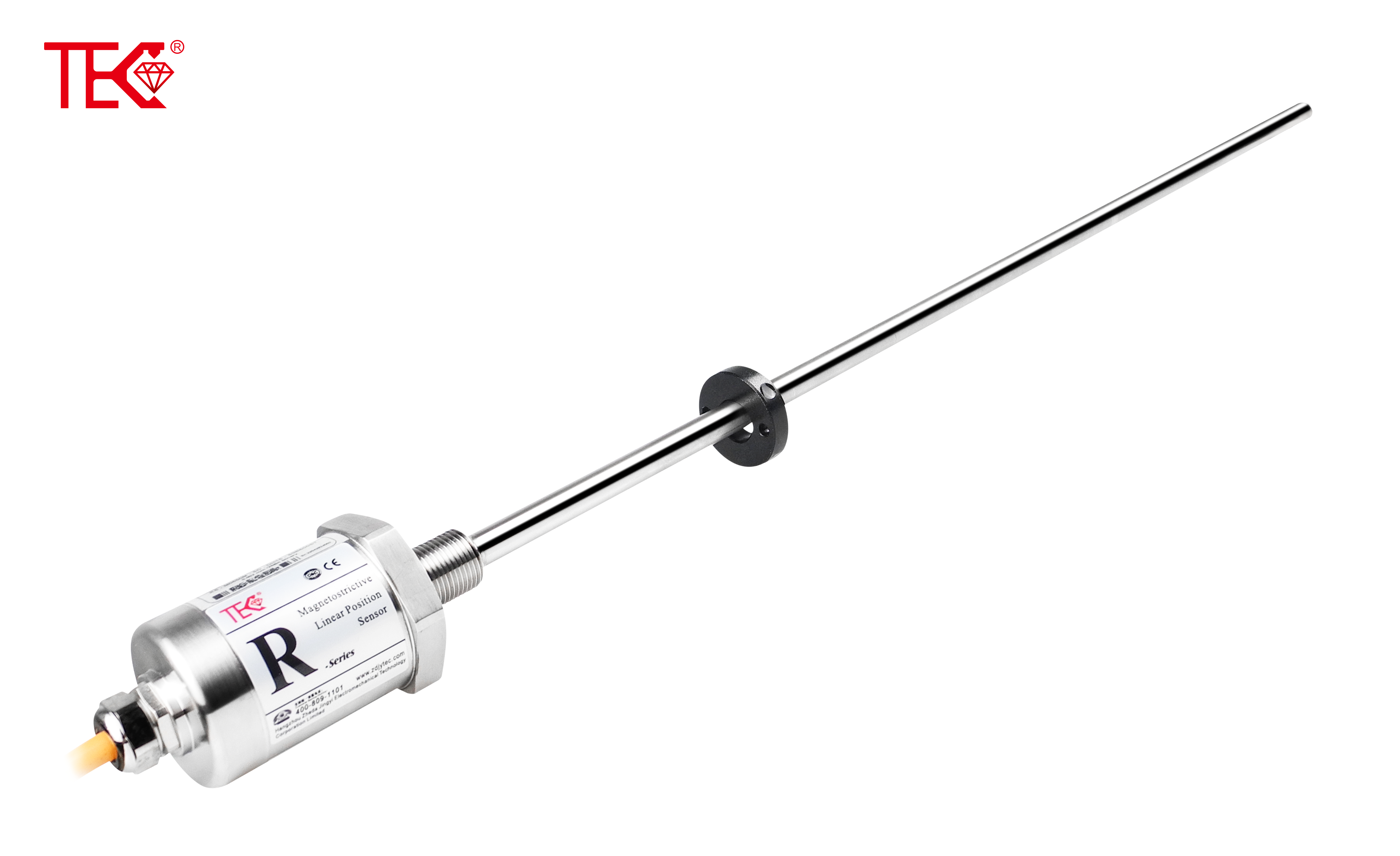
Magnetostrictive level gauges are renowned for their exceptional measurement accuracy, typically ranging from ±0.5 mm to ±1.0 mm depending on the specific model and application conditions. This high degree of precision stems from the fundamental measurement principle that doesn't depend on mechanical linkages or potential drift associated with other technologies. The accuracy remains consistent throughout the entire measurement range, unaffected by density changes, temperature variations, or process conditions when properly calibrated. This reliability makes them ideal for custody transfer applications, inventory management, and process control where even millimeter-level accuracy can significantly impact operational efficiency and cost management.
What Are the Key Advantages Over Other Level Measurement Technologies?
Compared to alternative level measurement methods, magnetostrictive gauges offer several distinct advantages. They provide continuous level measurement with exceptional linearity and repeatability, outperforming point-level switches and simpler float devices. Unlike ultrasonic sensors, they're unaffected by vapor space conditions, foam, or temperature gradients. Compared to radar level transmitters, magnetostrictive gauges offer better value for many applications while maintaining high accuracy. They demonstrate superior performance to hydrostatic systems by eliminating errors caused by density variations. Additional benefits include minimal maintenance requirements, long-term stability without recalibration, and compatibility with a wide range of liquids including corrosive and high-purity materials.
How Are Magnetostrictive Level Gauges Installed and Maintained?
Proper installation begins with selecting the appropriate mounting configuration—top-down, side-mounted, or customized arrangements based on tank design. The gauge must be positioned to avoid interference from internal obstructions, agitation, or inflow streams that could affect float movement. Regular maintenance primarily involves visual inspection of the float for debris accumulation and verification of electronic calibration. Most modern units feature self-diagnostic capabilities that alert operators to potential issues. The non-contact measurement principle means there are no wearing components in the sensing mechanism, resulting in extended service life and reduced downtime. For hazardous areas, appropriate explosion-proof certifications must be verified before installation.
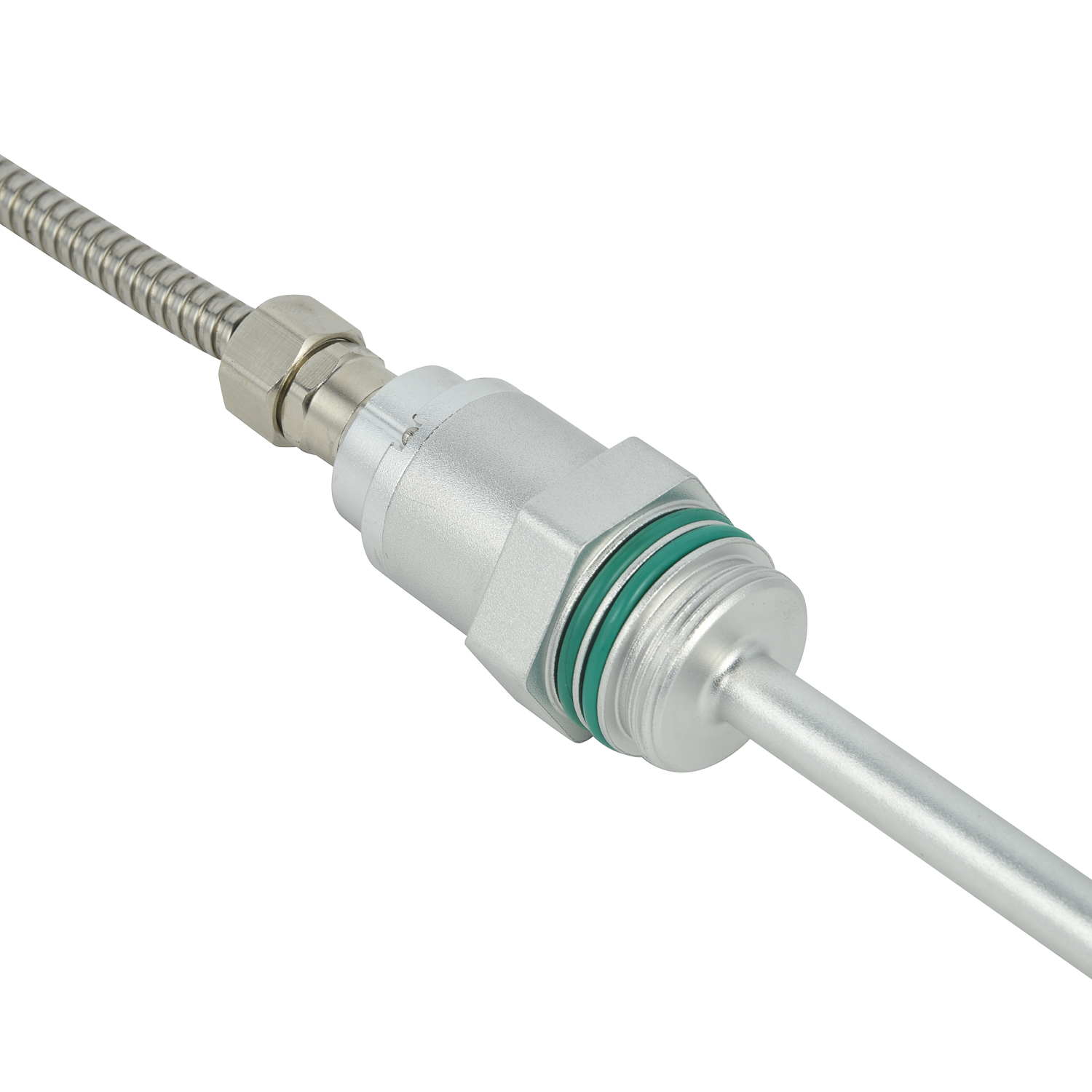
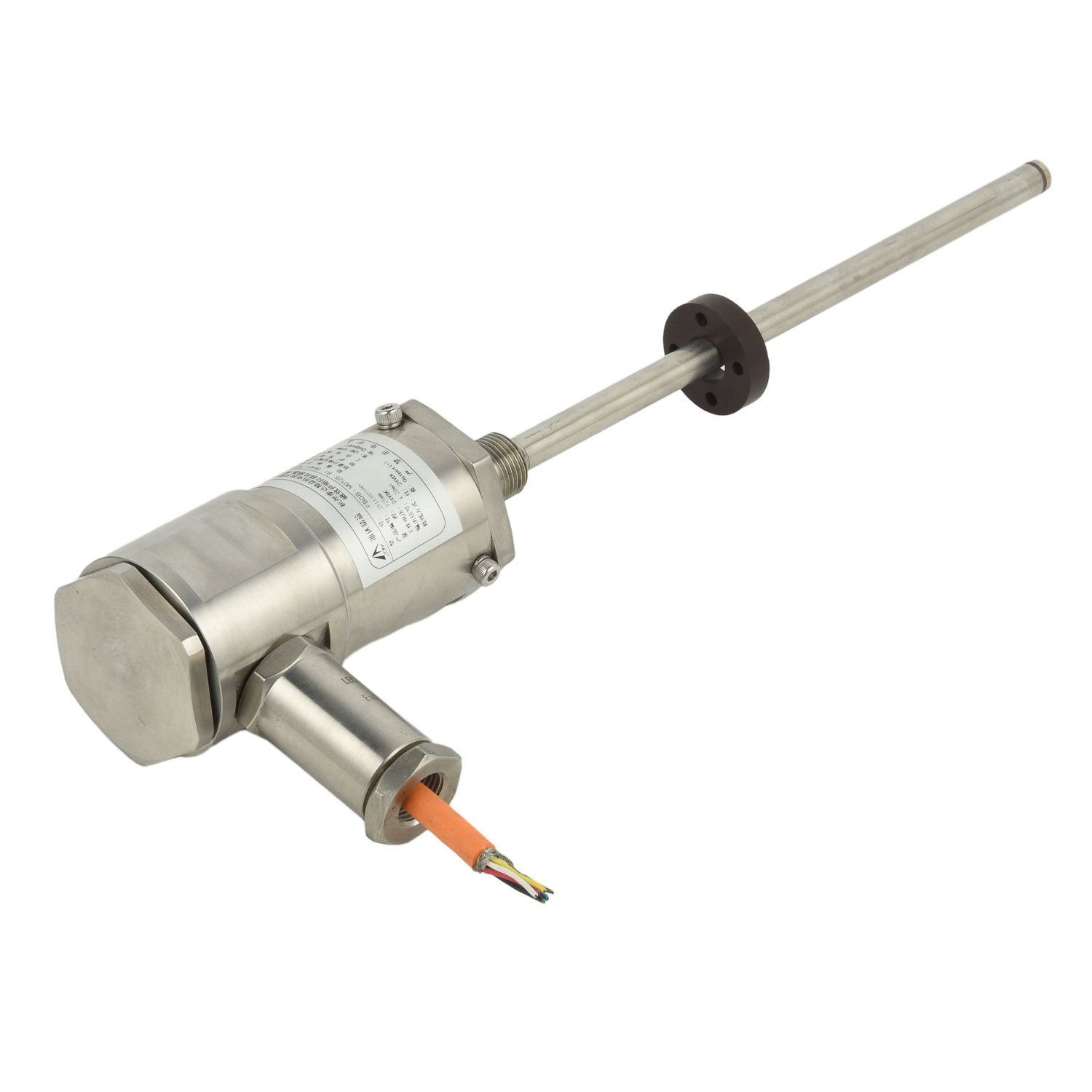 UpgradingYourLevelMeasurementS
UpgradingYourLevelMeasurementS
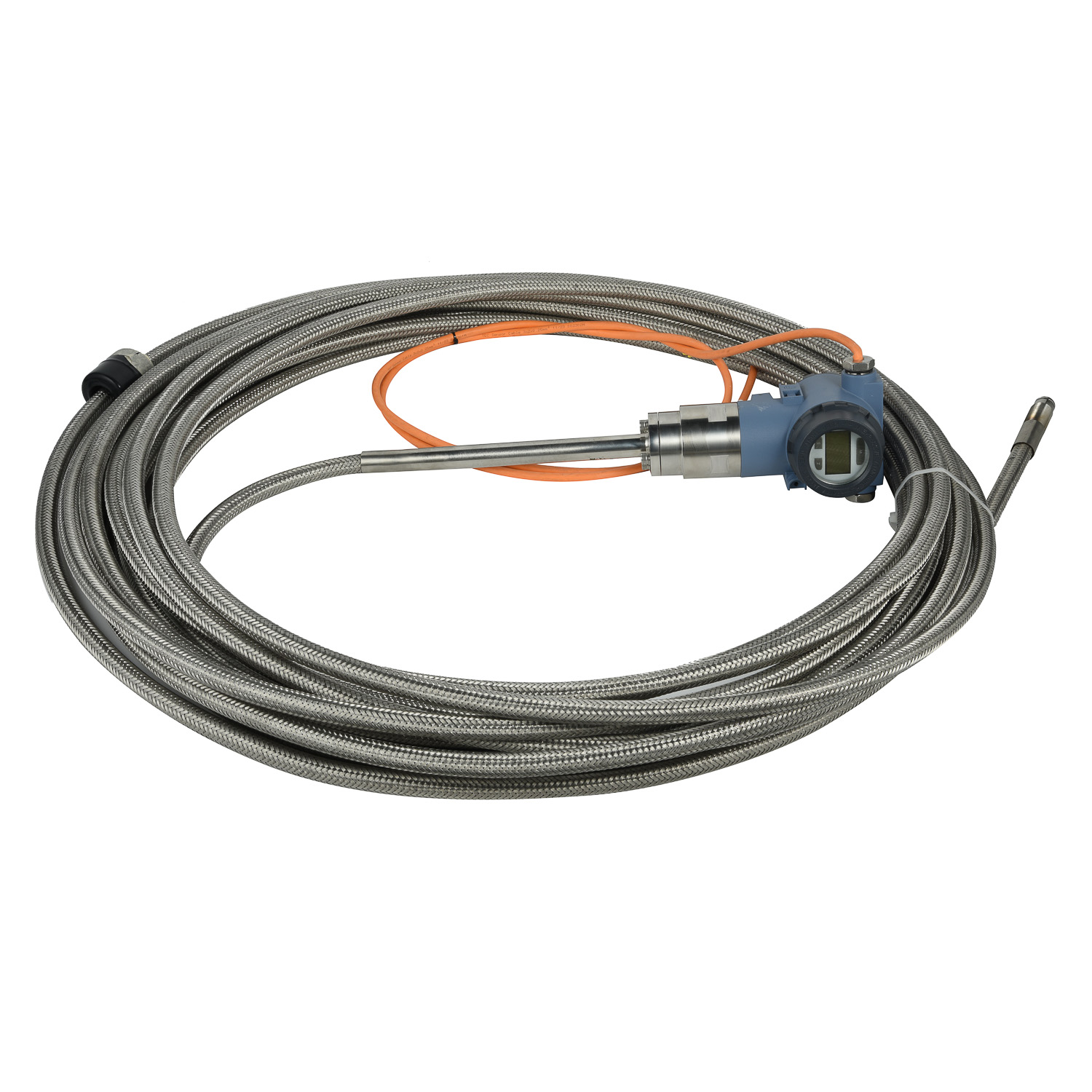 Why are magnetostrictive level
Why are magnetostrictive level
 ComparingMagnetostrictiveandRa
ComparingMagnetostrictiveandRa
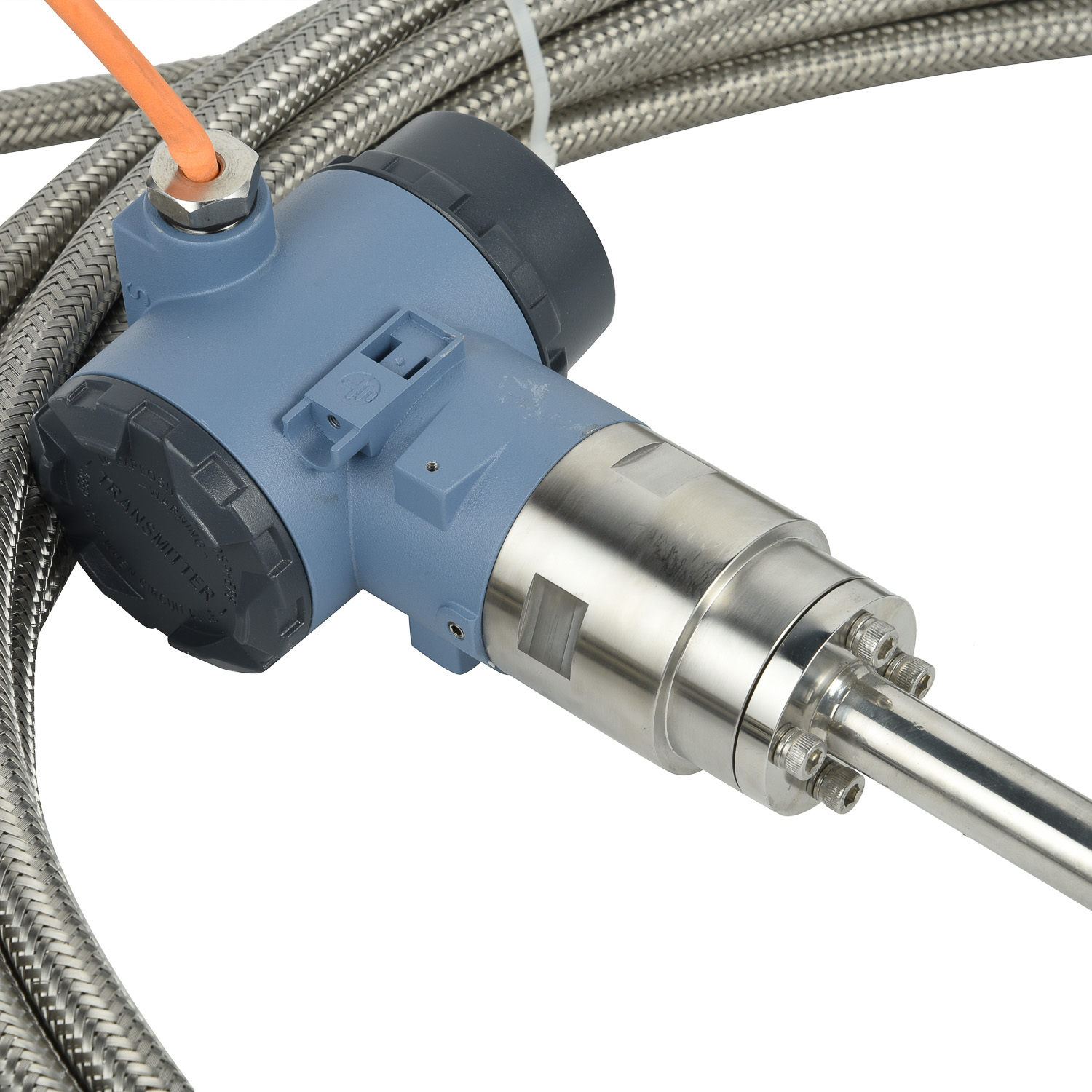 MagnetostrictiveLevelSensorfor
MagnetostrictiveLevelSensorfor
